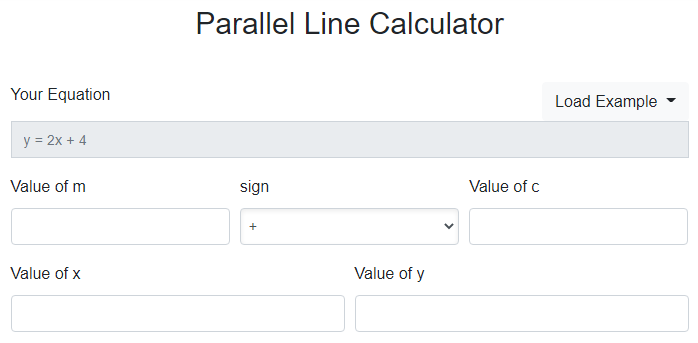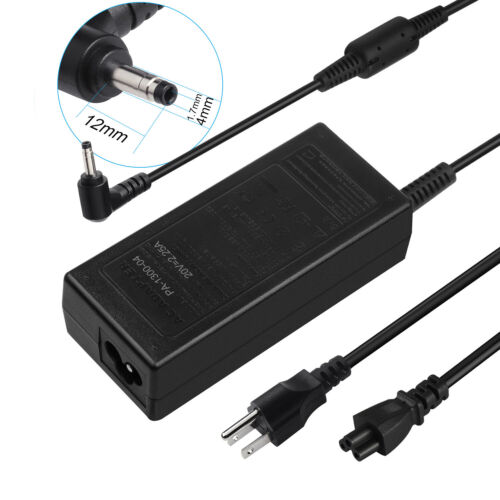A cavity left on its own will eventually cause a level of decay that will reach the level of the nerve of the tooth. Once the decay has reached this stage, the filling or crown alone is no longer sufficient and root canal treatment becomes necessary.
Why is a root canal treatment necessary?
An endodontic treatment saves a severely damaged, cracked, or decayed tooth when its pulp (the soft inner tissue within the tooth’s root canal) becomes inflamed or infected. If not treated right away, it results in tooth pain or abscess (infection). Endodontic treatment is also known as “root canal treatment.”
Root canal treatment is completed in one or two office visits, depending on the presence of infection and the treatment plan required. After repair, the tooth continues its function like any other. With proper oral hygiene, the repaired tooth can last a lifetime
What is an endodontist?
Endodontists are specialists in root canals. They are qualified dentists who have two years of additional specialized education and training in the care and treatment of the dental pulp and internal parts of the tooth. If root canals are needed, the dentist often refers the patient to an endodontist for treatment. Your endodontist will work closely with your dentist to improve your oral health and repair your natural teeth.
What are some of the common symptoms?
Pay a visit to your dentist if you experience any of these symptoms:
- Tooth or gum pain, discoloration, or prolonged sensitivity to heat or cold
- A soft tooth when touched
- A tooth abscess (pus encased in the tissues of the jaw at the tip of an infected tooth)
- Pus draining from your mouth
- Swelling or tenderness of the lymph nodes under the jaw
Sometimes an endodontic problem can exist without warning signs. In these cases, a digital X-ray during a routine dental check-up will reveal the tooth damage.
What is a root canal?
Root canal treatment removes the diseased pulp along with the tooth’s nerve (located within the root canal of the tooth). The pulp chamber and root canals are then cleaned, medicine is given, and they are closed. A dental crown or other restorative treatment is used to protect and strengthen the tooth.
What Happens After Being Diagnosed?
After taking a digital X-ray of your tooth, the endodontist will carefully examine your teeth, gums, and supporting bone structure, recommend a treatment plan, discuss it with you, and answer your questions. If root canal treatment is needed:
- Local anesthesia is applied to the affected tooth and the area around it.
- A small protective sheet called a “dental dam” is used to keep you clean and free of saliva during your procedure.
- A hole is made in the top of the tooth and your endodontist will remove the soft pulp and nerve. Then you will shape the interior for the filling
- The root canal is cleaned, medicine is given and filled with a biocompatible rubber-like material (gutta percha)
- A temporary filling is placed until you visit your general dentist
Your general dentist will then place a permanent restoration, such as a crown, to protect the tooth.





